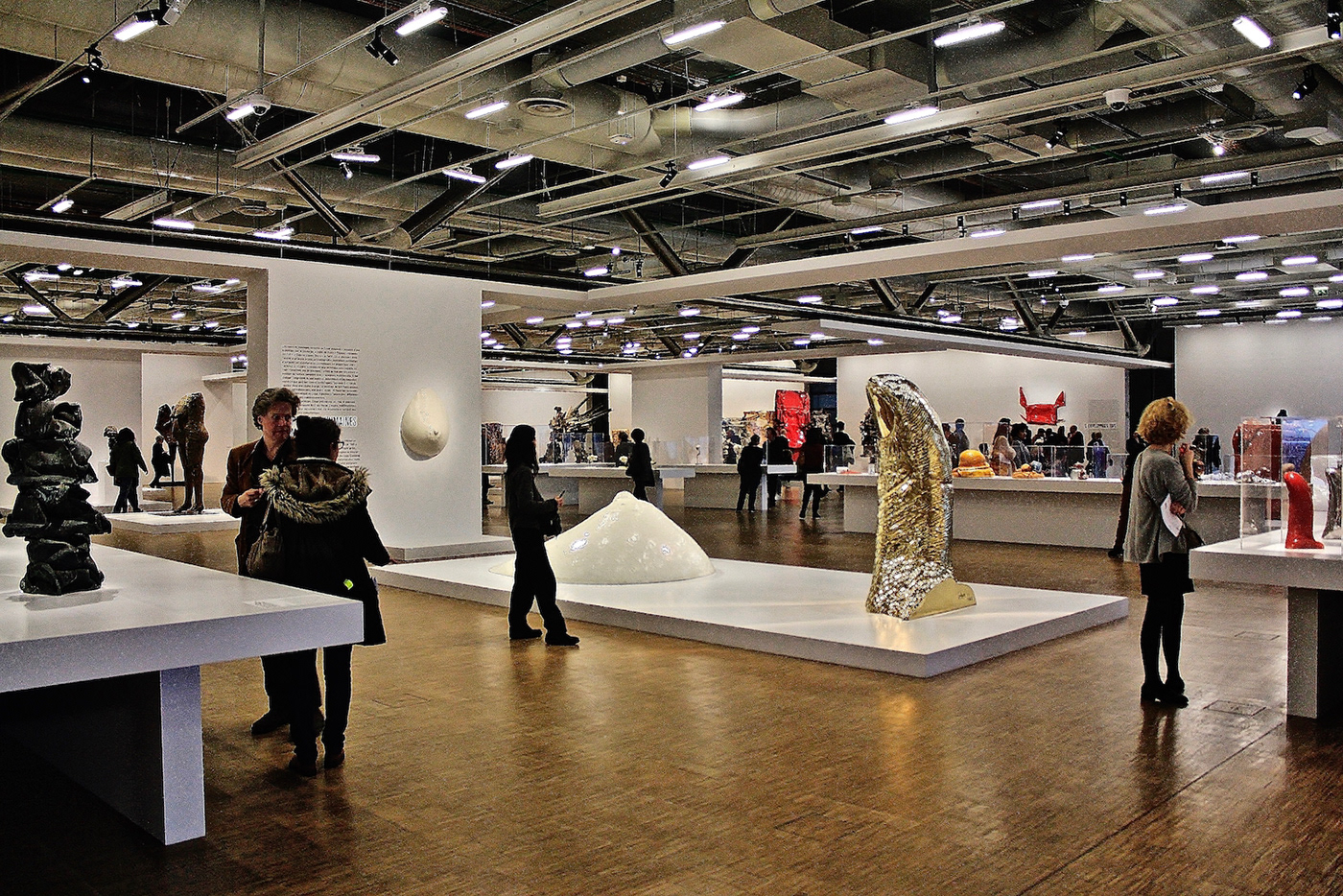
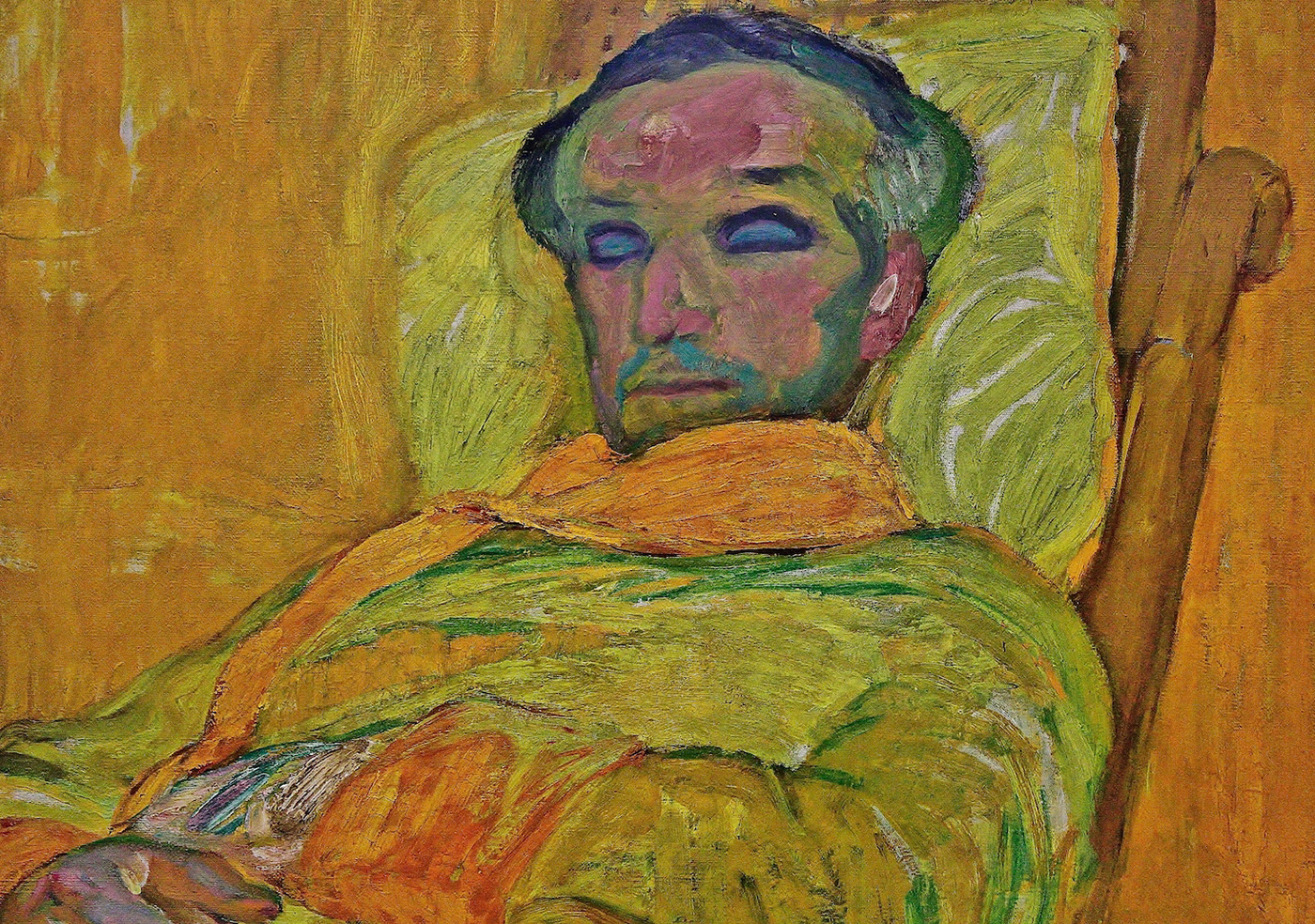

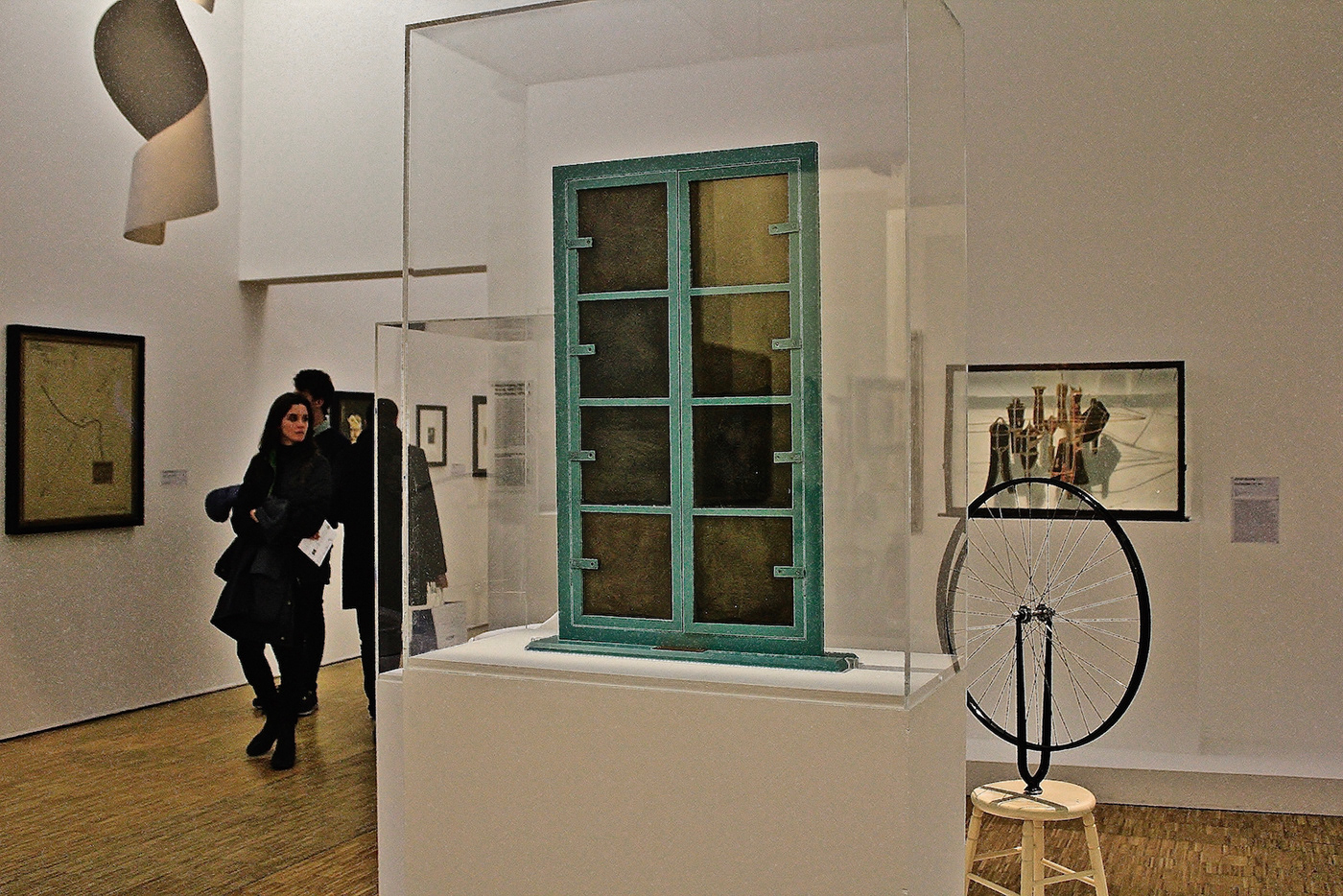
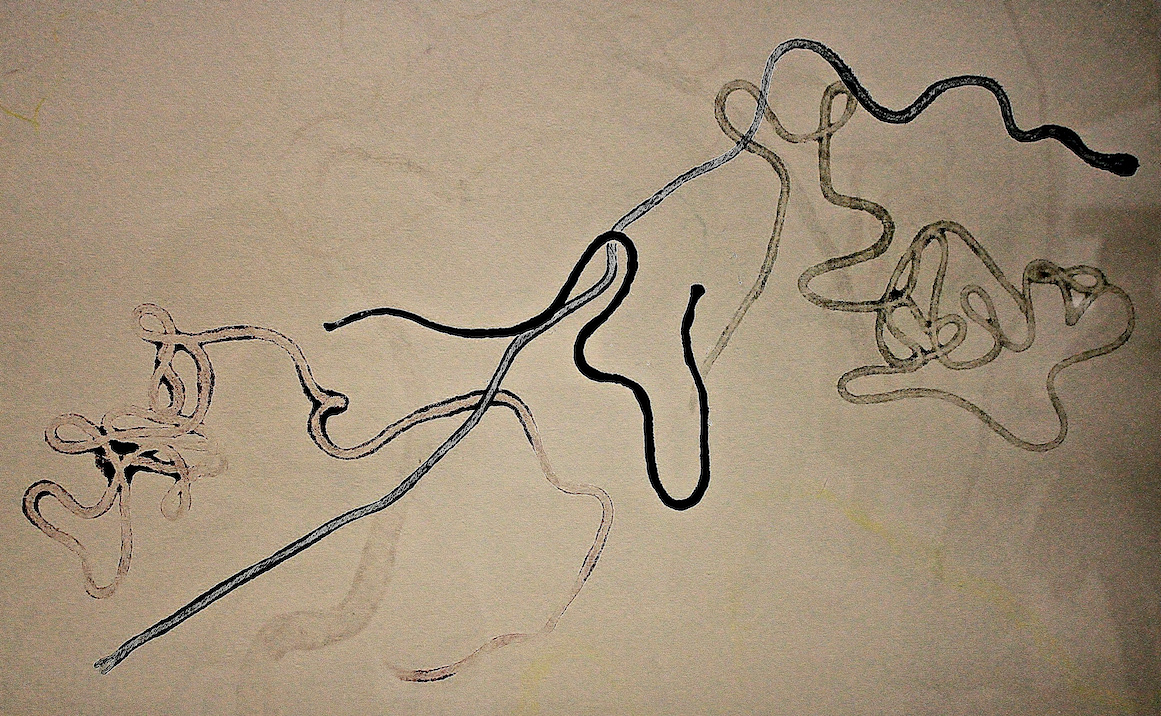

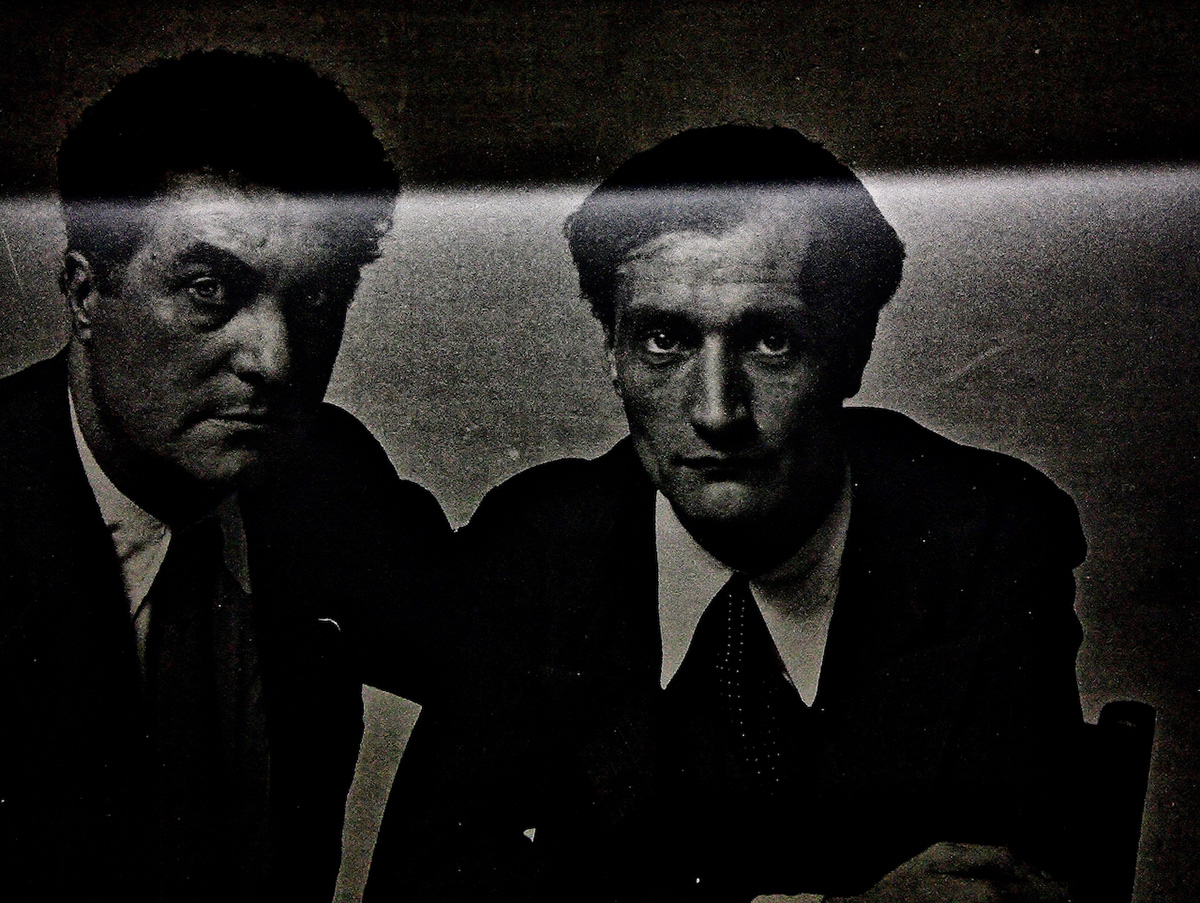
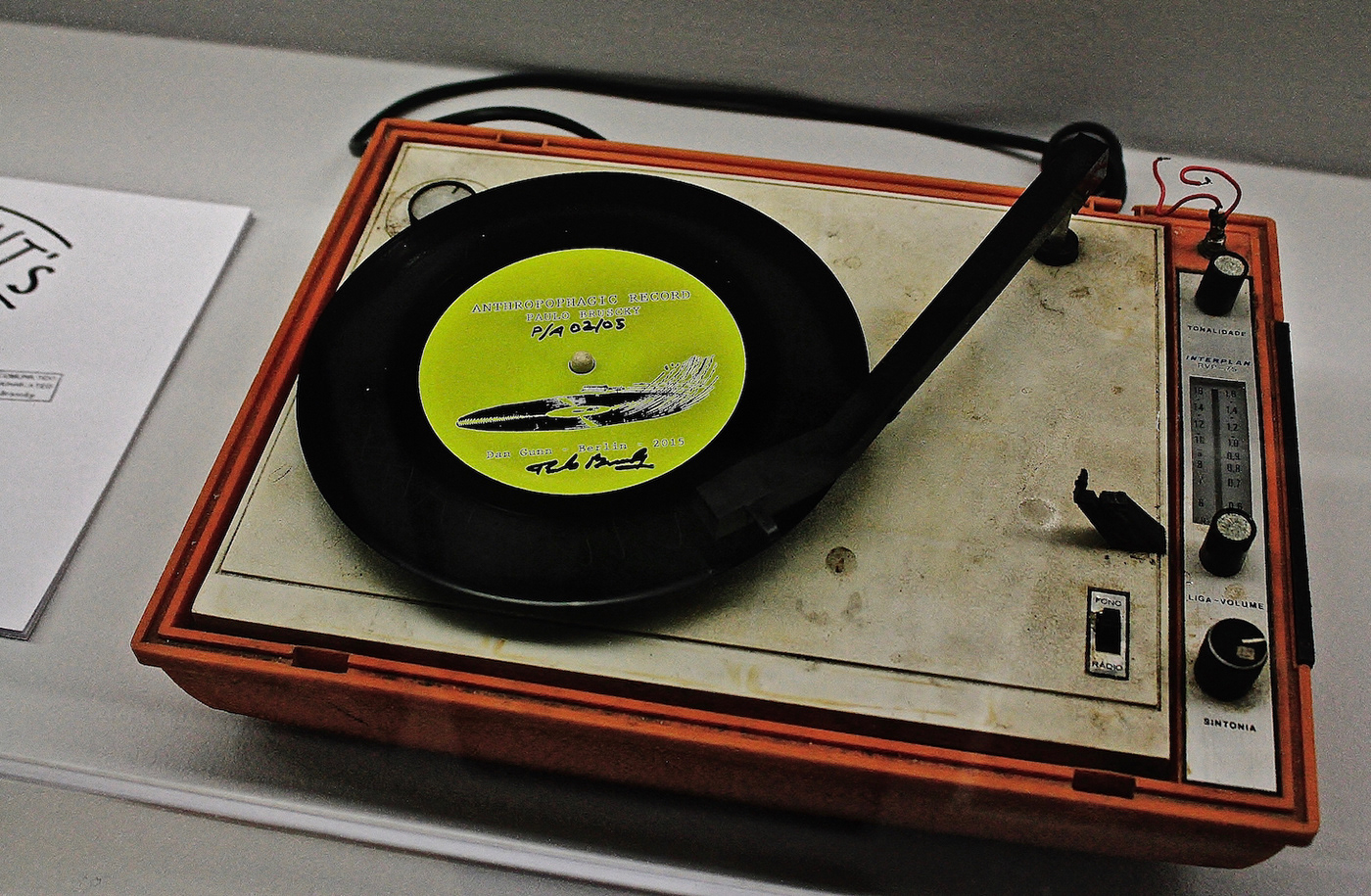
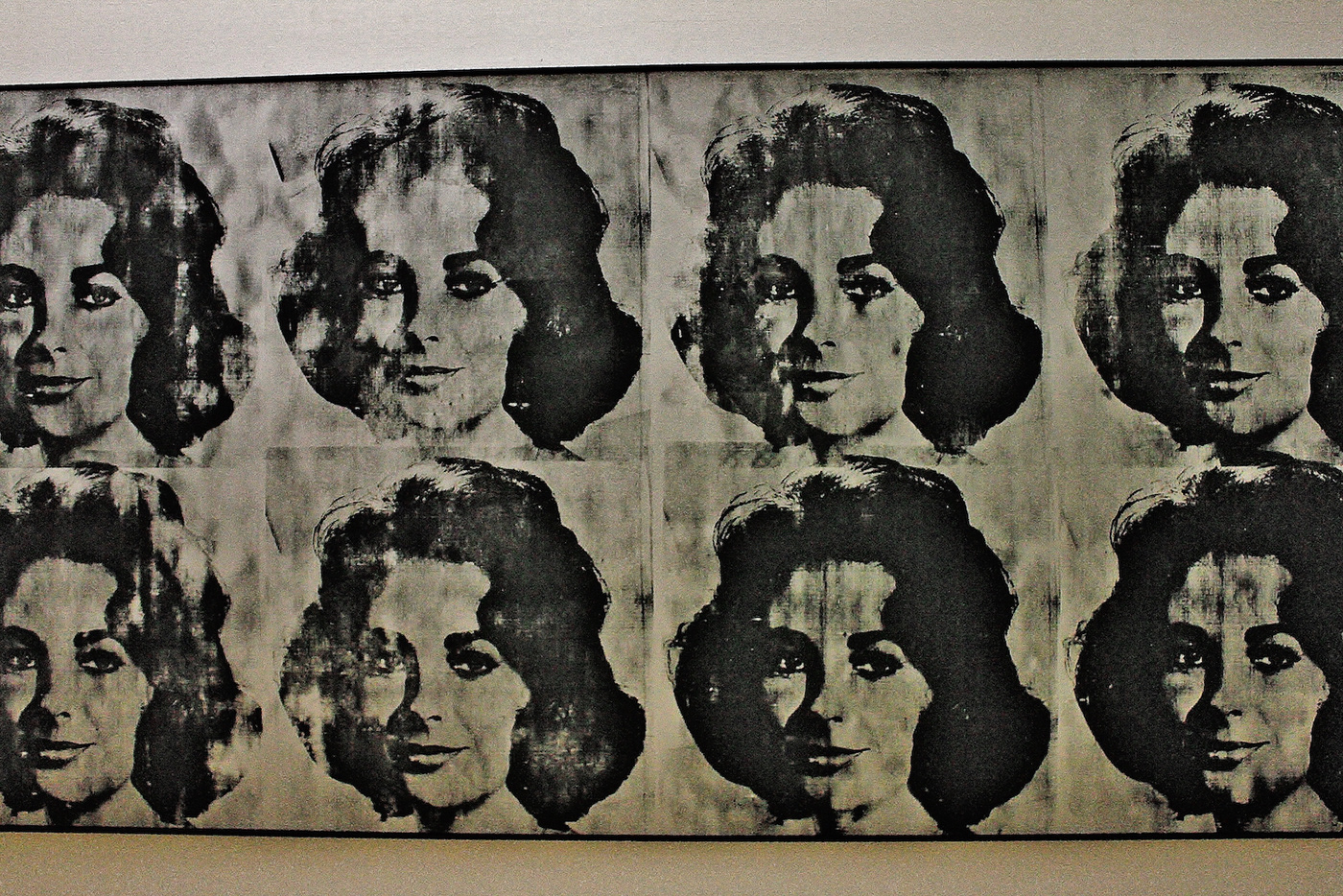
Images produced without manipulation (DSLR Camera, Canon). They are part of a project I undertook while in Paris (January & February 2018), visiting, registering and studying works in museums and churches (for more information, see here).
Art must affect you much beyond a mere intellectual level. Contrary to what they (who lack sensibility) say, Duchamp is sensuous, and inframince the most sensuous notion that was ever insinuated by an artist.
Original works photographed here include Kazimir Malevich's Homme et cheval (I won't risk using the original title in Russian) (1930-31), Rogi André's Edgar Varèse et Antonin Artaud (1933), Paulo Bruscky's Anthropophagic Record (1984), Andy Warhol's Ten Lizes (1963).
The following quotations are enlightening:
"Duchamp begins by setting up his condition that a point does not cut [cross] a three-dimensional continuum whereas a line does. By analogy... a line does not cut [cross] a four-dimensional continuum but a plane does" (Linda Henderson, The Fourth Dimension).
"The sensation that demands you sit, lie, stand is first of all a plastic sensation that elicits commensurate plastic forms, therefore, the chair, bed, and table are not utilitarian phenomena but only plastic ones, otherwise the artist cannot sense them" (Kazimir Malevich, The World as Objectlessness, as translated by Antonina W. Bouis).
"Il y a donc bien une intuition des continus à plus de trois dimensions et si elle exige une attention plus soutenue que l'intuition géométrique ordinaire, c'est sans doute une affaire d'habitude, et aussi l'effet de la complication rapidement croissante des propriétés des continus quand augmente le nombre des dimensions" (Poincaré, Pourquoi l'espace a trois dimensions).
"Il y a donc bien une intuition des continus à plus de trois dimensions et si elle exige une attention plus soutenue que l'intuition géométrique ordinaire, c'est sans doute une affaire d'habitude, et aussi l'effet de la complication rapidement croissante des propriétés des continus quand augmente le nombre des dimensions" (Poincaré, Pourquoi l'espace a trois dimensions).
